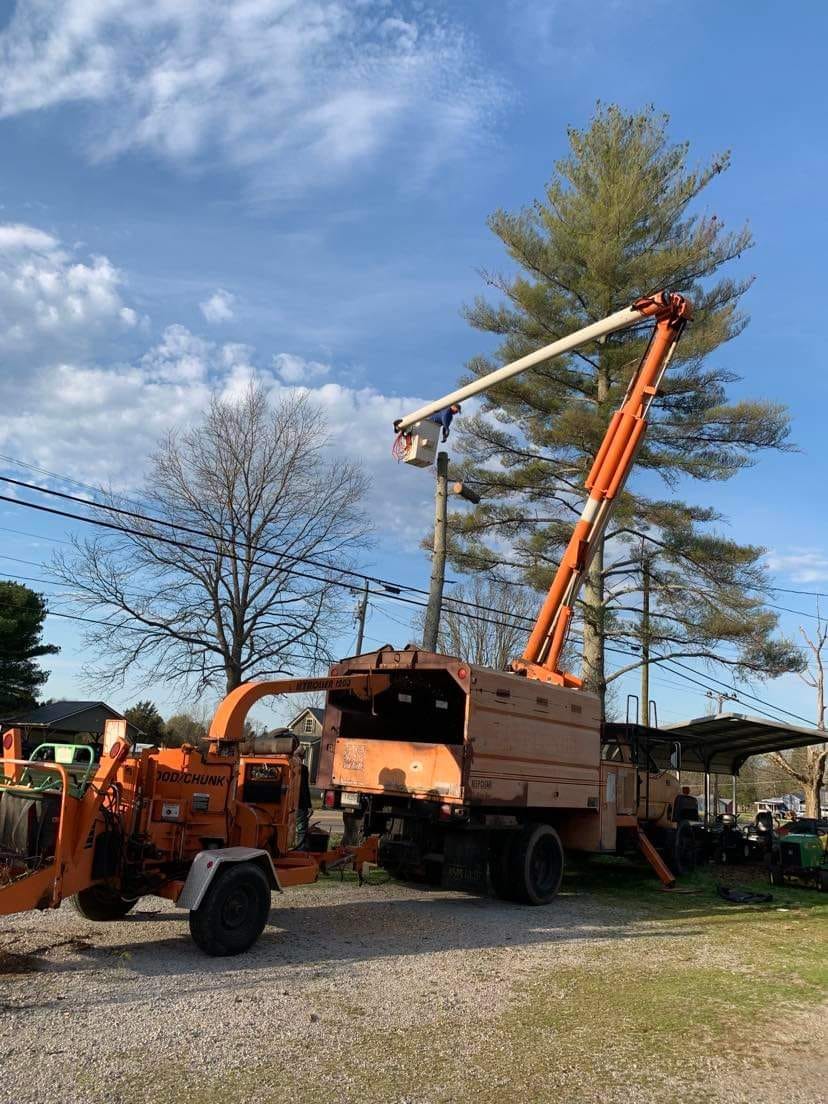
How to Identify and Treat Common Tree Diseases: Expert Tips from Scott's Tree Service Oct 14, 2025
As proud homeowners or stewards of public spaces, recognizing the signs of tree diseases early can prevent irreversible damage. The first step in tackling tree diseases is the timely identification of any issues. Regularly inspect your trees for abnormalities such as discolored leaves, unusual growths, or signs of wilting and dieback. These symptoms can be early indicators of disease. Paying close attention to these signs will help you take swift action and, ultimately, save both money and time on long-term tree care.
One common disease that affects trees is Powdery Mildew. Characterized by a white powder-like substance on leaves, this fungal disease thrives in high humidity. If left unchecked, it can impair photosynthesis and stunt growth. To treat Powdery Mildew, begin by removing affected leaves to lessen the spread. Applying a fungicide specifically formulated for mildew can help control the outbreak. Furthermore, improving air circulation around the canopy by pruning excess branches will reduce humidity and help prevent future infections.
Another prevalent threat is the notorious Dutch Elm Disease, which affects elm trees and is caused by a fungus spread by bark beetles. Early signs include yellowing and wilting of leaves, often manifesting in the tree's canopy. If you suspect Dutch Elm Disease, contact a professional arborist immediately. A swift injection of systemic fungicides can protect the trees not yet affected and halt the spread. Infected trees may need to be removed to prevent spreading the disease.
One frequently seen issue is Root Rot, which begins underground and may go unnoticed until significant damage occurs. Trees suffering from Root Rot often display signs such as yellow leaves, stunted growth, and fungus around the base of the tree. To combat Root Rot, it’s vital to ensure proper soil drainage. Avoid overwatering and consider reshaping soil around the tree base to facilitate water run-off. In cases where the disease is already set in, the application of fungicide or altering the watering regime might be necessary to save the tree.
Prevention is always better than cure, and there are several proactive steps you can take to protect your trees. Start by maintaining a consistent pruning schedule to remove dead or infected branches and improve airflow. Additionally, fertilizing your trees during their growing seasons strengthens their natural defenses against diseases. Remember, healthy trees are less likely to fall victim to disease.
While identifying and treating tree diseases may seem daunting, the experts at Scott’s Tree Service are here to help. If you’re ever unsure about the symptoms your trees are displaying, consulting with a professional can provide peace of mind and ensure your trees receive the care they need promptly.
In conclusion, regular monitoring and maintenance are key to healthy trees. With attention and care, you can protect your landscape from the damaging effects of tree diseases. At Scott's Tree Service, we offer a range of tree care services designed to diagnose, treat, and prevent tree diseases, ensuring that your trees remain vibrant and healthy throughout the seasons. Trust in our expertise for all your tree care needs, and together, we can keep your trees thriving for generations to come.
/filters:no_upscale()/filters:format(webp)/media/e7d781e7-3175-4b1c-8b9f-b43d8c6dad87.jpeg)